Located in the Sacred Valley of Peru, Pisac is a testament to the majestic beauty and rich history of the Inca civilization. This ancient complex, with its intricate agricultural terraces, celestial observatories, and imposing temples, offers more than a trip into Peru's past; it invites you to dive into a world where every stone tells a story of spiritual meaning, astronomical precision, and community harmony.
Join us on a journey to explore Pisac, uncover its secrets, marvel at its ancient ruins, and immerse yourself in the local culture. Pisac promises an unforgettable adventure that will leave you wanting more. Discover why this incredible destination in the Sacred Valley should be your next destination. Let's start!
What is Pisac?
Pisac is a living testament to pre-Hispanic magnificence, incorporating the best of the Inca's civil, religious, military, and agricultural ingenuity. This archaeological complex is known for its impressive system of agricultural terraces and various structures, from domestic enclosures to ceremonial spaces, all meticulously carved in stone.
In the Inca era, Pisac was a specialized center for corn production and served as a crucial gateway and connection to the jungle regions. Today, it has transformed into one of the most emblematic and best-preserved spots in Cusco, Peru, drawing travelers from around the globe with its historical richness and natural beauty.
Where is Pisac?
Nestled in the Sacred Valley of the Incas, the archaeological site of Pisac is located in the district of the same name, within the province of Calca, about 32 km northwest of Cusco city. It's situated in the Vilcanota River basin, just a 30-45 minute ride from the city, offering breathtaking views and a deep connection to Inca history.
Pisac Altitude
Pisac is at an altitude of 2,900 meters above sea level.
How to get Pisac?
There are three main routes to access this Andean treasure:
- Direct route: The paved road from Cusco to Pisac to Calca to Urubamba is the most direct, covering 30 km with an estimated travel time of 30 minutes, making it the fastest option.
- Scenic route: This route offers unforgettable landscapes, starting in Cusco and heading towards Poroy, then continuing towards Urubamba and finally to Pisac.
- Alternative route: This route starts from Cusco and goes to Huambutio, passing through San Salvador and arriving at Pisac. It is perfect for adventurers seeking a more intimate experience with the Andean landscape.
Valuable Tip | If you're looking to simply immerse yourself in the wonders of Pisac and the other charms of the Sacred Valley without any stress, TreXperience makes it easy with our Sacred Valley tour. Let us take care of every detail in your itinerary, ensuring a smooth and unforgettable journey.
What does Pisac mean?
"Pisac" comes from the Quechua "Pisaq," meaning "partridge." It is about the abundance of these birds in the area and the settlement's shape, which mimics the silhouette of this bird. This detail underscores the ingenious practice of Inca architects in designing their constructions to follow natural and figurative patterns, adding another layer of wonder to this fascinating site.
The legend of the enchanted Ñusta
On the slopes around Pisac, you can spot a rock formation known as the Ñusta, representing the silhouette of an indigenous woman forever gazing towards the Sacred Valley.
The legend tells of the tragic love story between Inquill Chumpi, the daughter of the Pisac chief, and Prince Asto Rímac. Tradition says Inquill was promised to whoever could build a bridge in one night. Asto Rímac, in love, took on the challenge, but when Inquill turned to see her beloved's progress, she disobeyed a prohibition, and they both turned into stone. This rock formation and its legend symbolize eternal love and Pisac's cultural richness.
History of Pisac, Peru
The Pisac valley has been a melting pot of cultures since the late intermediate period (1000 - 1200 AD), initially inhabited by the Amaru Mayu, Pillahuaras, and Antis ethnic groups. These groups, mainly focused on agriculture, began the development of agricultural technologies like terraces, organizing into a large ayllu that would lay the foundation of their community.
Inca Era
With the expansion of the Inca Empire in the 15th century, Pisac gained new importance. Under the rule of Inca Pachacútec between 1438 and 1472 AD, the city was rebuilt following the urban model of Cusco, becoming a crucial administrative, religious, and agricultural center for the empire.
Colonial Era
The arrival of the Spanish led to significant changes. The original inhabitants of Pisac were forced to migrate to more remote areas to escape exploitation, leading to depopulation that caught the attention of Viceroy Toledo. In 1570, he ordered the construction of the San Pedro de Pisac Indian Reduction to centralize control over the lands and their inhabitants. This marked the beginning of a new colonial economic era based on agriculture.
Pisac today
The village of Pisac, geographically surrounded by its immense mountains and the Vilcanota River, is famous for the archaeological monument of Pisac. It is one of the most important tourist attractions in the Sacred Valley of the Incas, located strategically, showcasing a vast system of terraces and tower structures.
What to see in the Pisac Ruins?
Pisac is an archaeological treasure, offering a peek into the Incas' impressive engineering and worldview. Here are the key spots you must visit on this fascinating site:
Intihuatana: The inca sundial
The Intihuatana in Pisac is a majestic rock outcrop crafted to measure time. Known as the "sun tether," it functioned as an astronomical calendar, marking ceremonies and sacrifices to the sun god, especially spectacular during the June solstice when it aligns perfectly with the sunrise.
Qantus Raqay: The ancient guinea pig farm
Perched at the top, this area reveals spaces used for guinea pig breeding and storage facilities (qollqas), along with impressive agricultural terraces, canals, and fountains from the Inca era. It showcases advanced organization and space utilization.
Pisaq’a: The old residential neighborhood
This group of 23 semi-circular buildings, constructed arching over the Chongo River, displays Inca residential architecture, notable for its rusticity and natural environment adaptation.
Kallaqhasa: The sacred sector
The most extensive and elevated neighborhood of the Pisac ruins, marked by its irregular architecture and the use of mud mortar, was the site of both religious and residential activities. A mysterious three-meter tunnel here adds an element of exploration and mysticism to the location.
Ajchapata Terraces: Agriculture in splendor
These agricultural terraces, visible on the way to the monument, boast a unique fan-shaped structure. Their design optimizes space and agricultural production, showcasing the Inca's ingenuity in resource management.
Qoriwayrachina: The watchtowers
This sector, adorned with semi-circular towers and large windows, offers an exceptional panoramic view of the surrounding valleys. The towers served not only for defense but also as watchtowers for observation.
Extra Fact | You can also admire the towers in this area, known as “pucaras.”
Tantamarka: The prehispanic cemetery
Considered one of the largest cemeteries of its time, Tantamarka contains rock-embedded tombs, many of which, unfortunately, have been looted. Nevertheless, the site offers insight into funerary practices and respect for ancestors.
Sector Tianayoq: The Ceremonial Seat
Also located in Pisac, this area is notable for a unique lithic piece carved in the shape of a seat. This piece, likely used in rituals or significant social gatherings, highlights the Inca's emphasis on hierarchy and social order.
The Tunnels: Secret passageways
Pisac features two tunnels carved into the rock, one 16 meters and another 3 meters long in the Kallaqhasa sector. These underground structures fuel imagination about their purpose and the craftsmanship of their builders.
Other attractions in Pisac
Pisac Village
Today's Pisac village is a top tourist draw in the Sacred Valley. It's celebrated not just for its monumental archaeological site but also for its lively culture. Customs, folk dances, and brightly colored traditional costumes form the heart of Pisac, evident in its main square, which bursts into life every Sunday with Quechua masses, reflecting the spirituality of its residents.
Pisac Market
Equally significant, Pisac's traditional market, open daily, is where local artisans showcase their creations, from alpaca textiles to ceramics, musical instruments, and antiques. This market serves as a commercial hub where Pisac's rich cultural heritage is celebrated in Peru.
Pisac Community Museum
The Pisac Community Museum opened in 2009 at the corner of Federico Zamalloa Avenue. It displays traditional ceramics and textiles produced by the local Quechua communities.
Potato Park
Peru is famous for its wide variety of potatoes. You might want to visit the Potato Park during your visit to Pisac. Here, you can see the efforts to protect this tuber and enjoy a potato-based pachamanca from locals.
Botanical Garden
Also known as the Felipe Marín Moreno Botanical Garden, this treasure sits within the walls of an ancient colonial garden. A Peruvian botanist and explorer established it in 1917, showcasing years of dedication. He built its collection over the years through correspondence with botanists worldwide.
Weather in Pisac
The archaeological site of Pisac enjoys a temperate climate nearly all year round. From April to November, you'll find sunny, clear days, ideal for hassle-free exploration. From December to March, the landscape transforms under rain showers, turning the scenery green. With temperatures ranging from 11 to 16 °C annually and extremes from 22 to 29 °C to 7 to -4 °C in winter (May to August), each season brings charm to Pisac.
The best time to visit Pisac
Plan your trip between May and September to enjoy Pisac with warm weather and clear skies. The winter solstice in June is particularly magical, as the sun illuminates the archaeological site uniquely, perfect if you're a fan of astronomy and Inca culture.
Extra Fact | If you come in June, you can witness the most famous festival of Cusco in Inca times, the Inti Raymi.
Hotels in Pisac: Where to stay?
Pisac offers accommodation options for all tastes and budgets, from boutique hotels to cozy hostels. Some recommendations include:
Colores Hotel Apu-Linli
This hotel combines modern comfort with tradition, ideal for those looking for a deep cultural experience.
Address: Amazonas 109, Pisac.
Bamboo Lodge Sacred Valley
Built with sustainable materials like bamboo, it's perfect for eco-conscious travelers looking to connect with nature.
Address: km 2.5 Pisac Ruins Road, Pisac.
Florencio Casa Hacienda
A charming boutique hotel dating back to the era of grand haciendas. A cozy atmosphere perfect for families.
Address: Grau 485, Pisac.
Hotel Royal Inka Pisac
This hotel is an ideal starting point for exploring the archaeological site and the local market. It combines traditional hospitality with essential amenities.
Address: Pisac Ruins Road, Pisac.
Practical Tips
- Preparation: Leave early and carry your ID and passport if you're a foreign visitor.
- Sun protection: Don't forget sunscreen, a hat, and over 1 liter of water per person for hydration.
- Equipment: A small first aid kit, appropriate clothing for weather changes, and comfortable shoes or hiking sneakers are crucial.
- Safety: Stick to the marked trails to avoid accidents and respect the heritage by not touching the archaeological elements.
Remember | The key to a memorable visit to Pisac is respecting its cultural and historical richness. This destination is a site to admire and a legacy we must preserve.
A trip to the heart of the Sacred Valley, Peru
Ultimately, Pisac offers more than just a visit; it's a transformative experience connecting every traveler with the Inca's historical and spiritual wealth. From its towering ruins overlooking the valley to the vibrant markets displaying the living art and culture of its people, Pisac invites you to uncover the Sacred Valley's best-kept secrets.
So, whether you're after adventure, knowledge, or a deeper connection with history and nature, Pisac awaits you with open arms. Take the chance to explore this corner of the Sacred Valley, where the spirit of the Incas is still alive, inviting to be part of its everlasting story.
Best tours to visit Pisac
- The Sacred Valley Full day tour
- Super Sacred Valley with Maras Moray
- Sacred Valley + Machu Picchu
- Sacred Valley Travel Guide

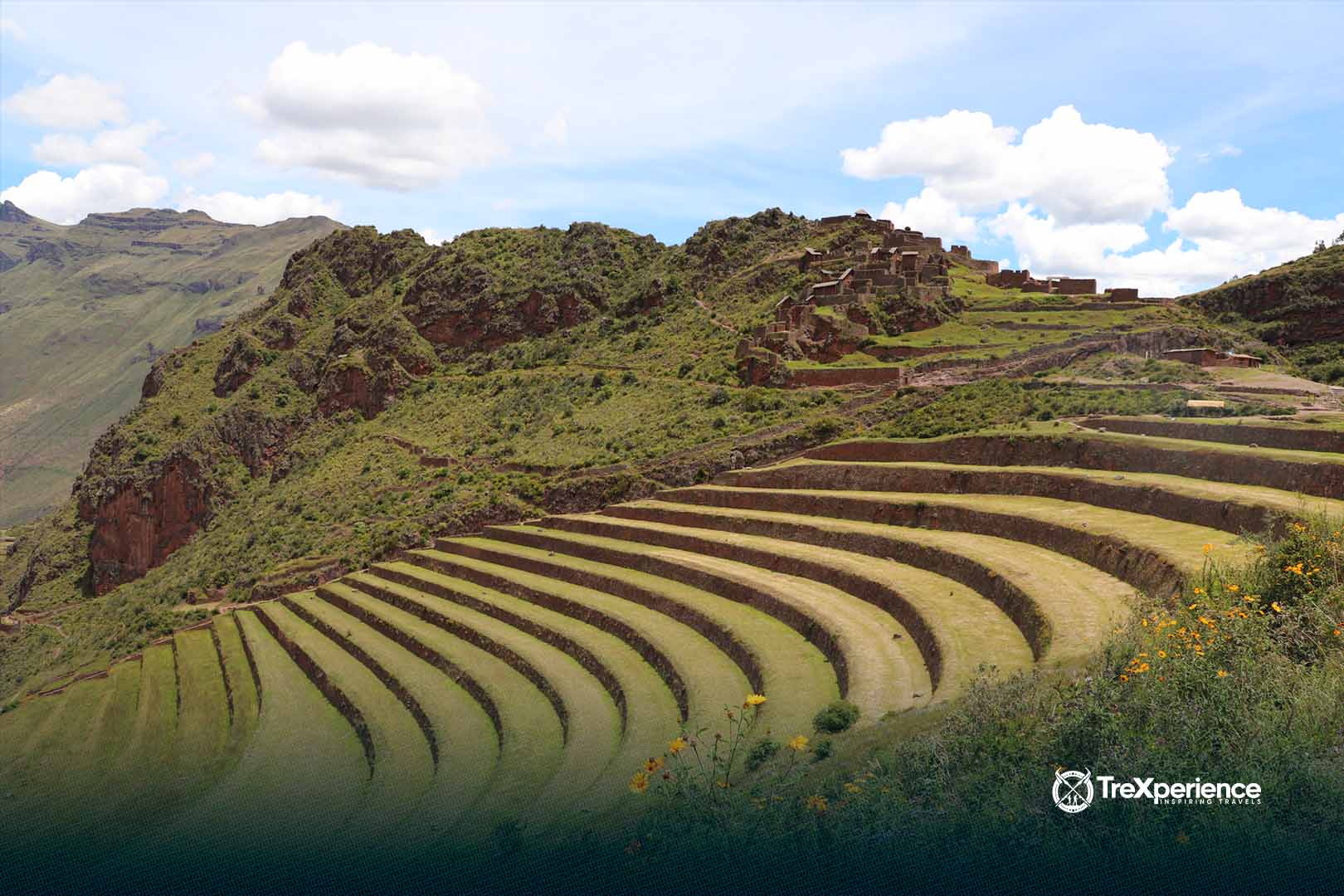
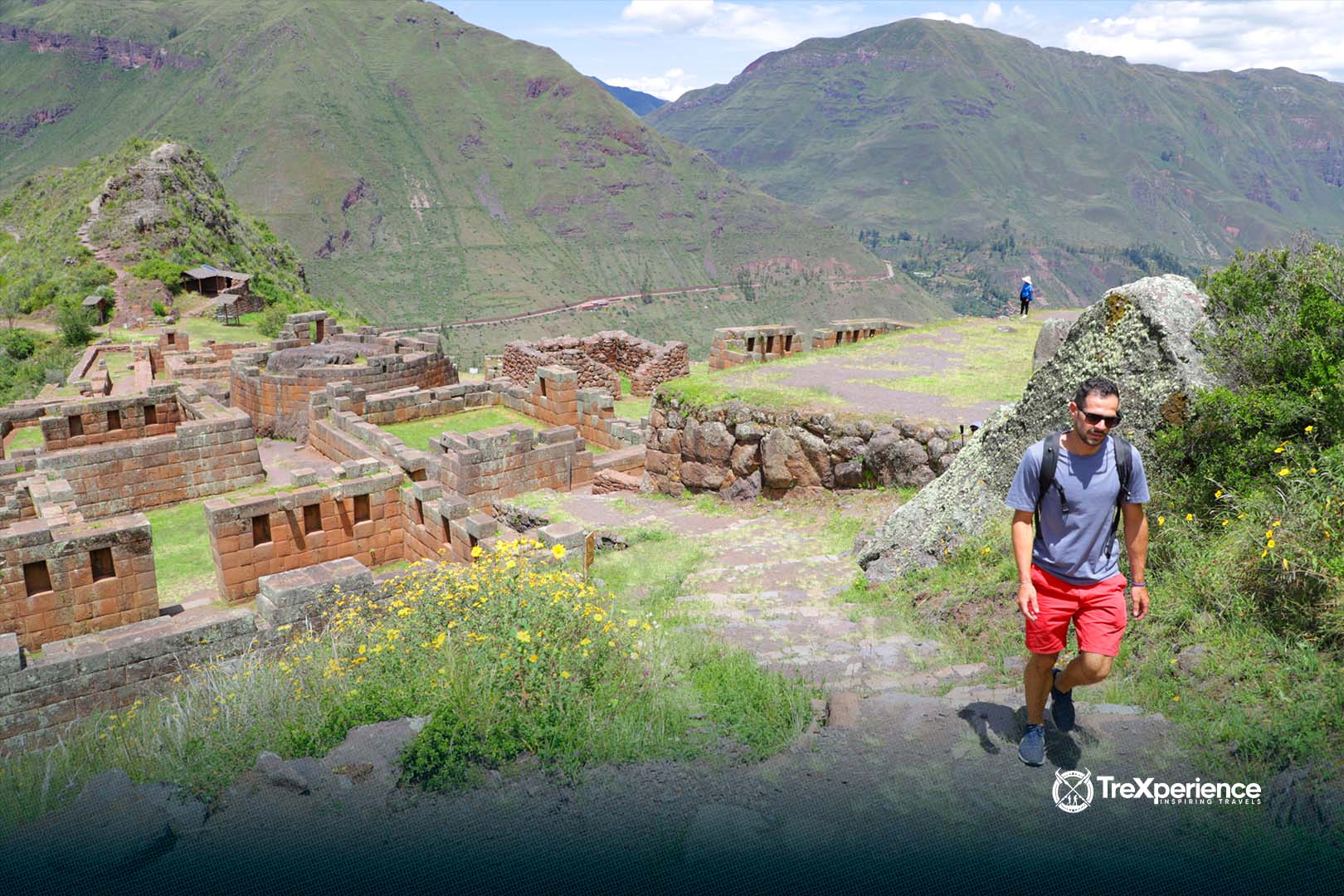
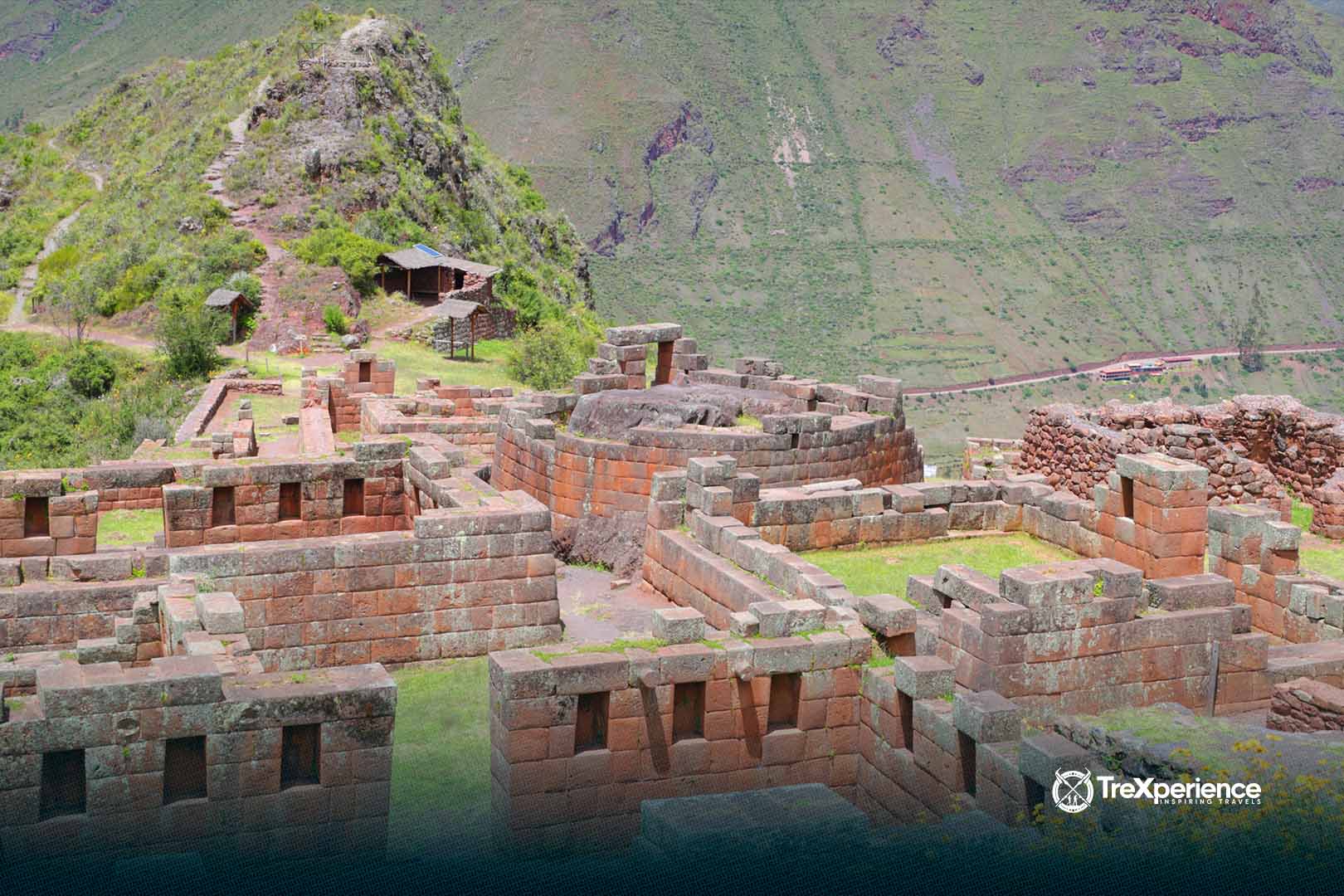
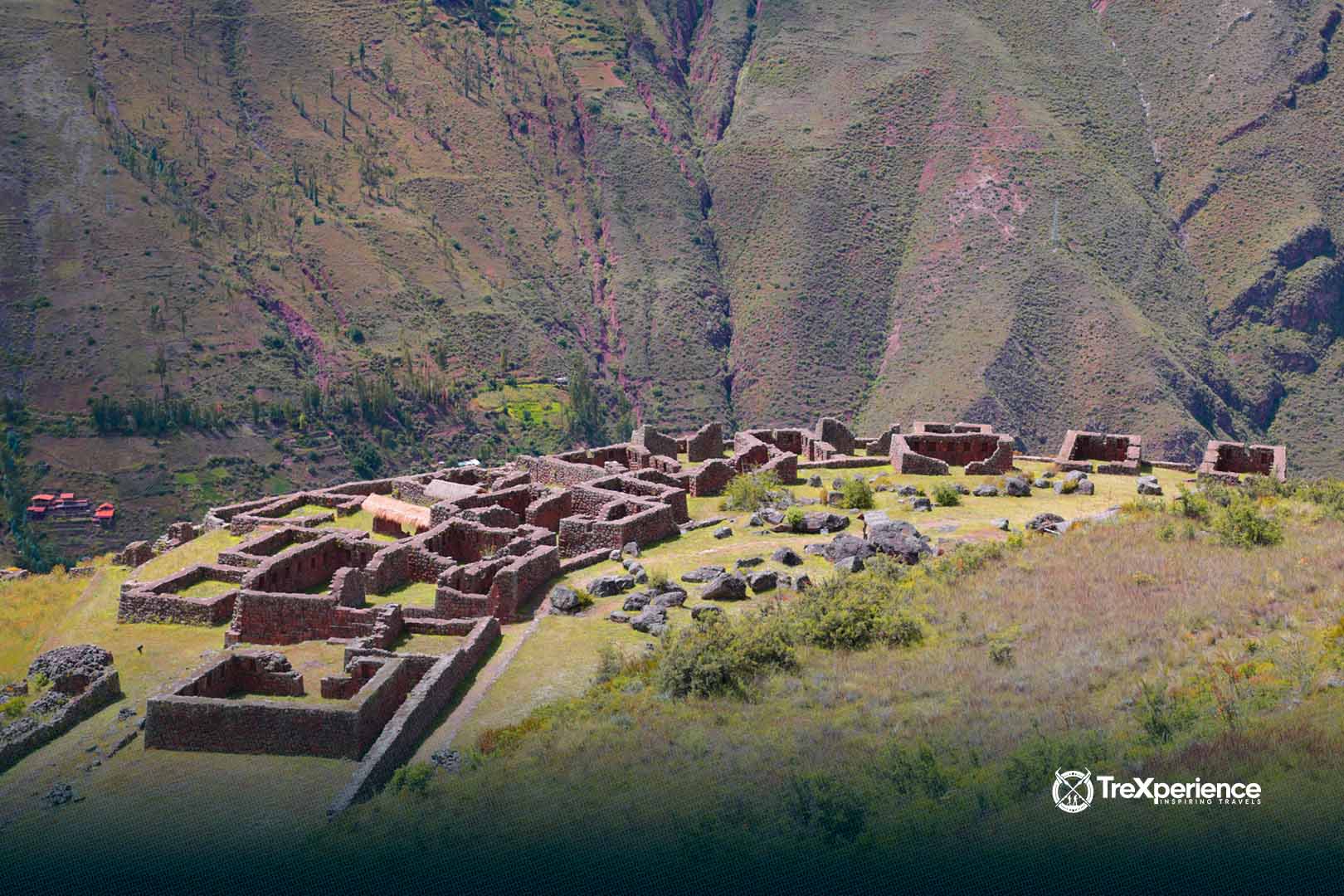
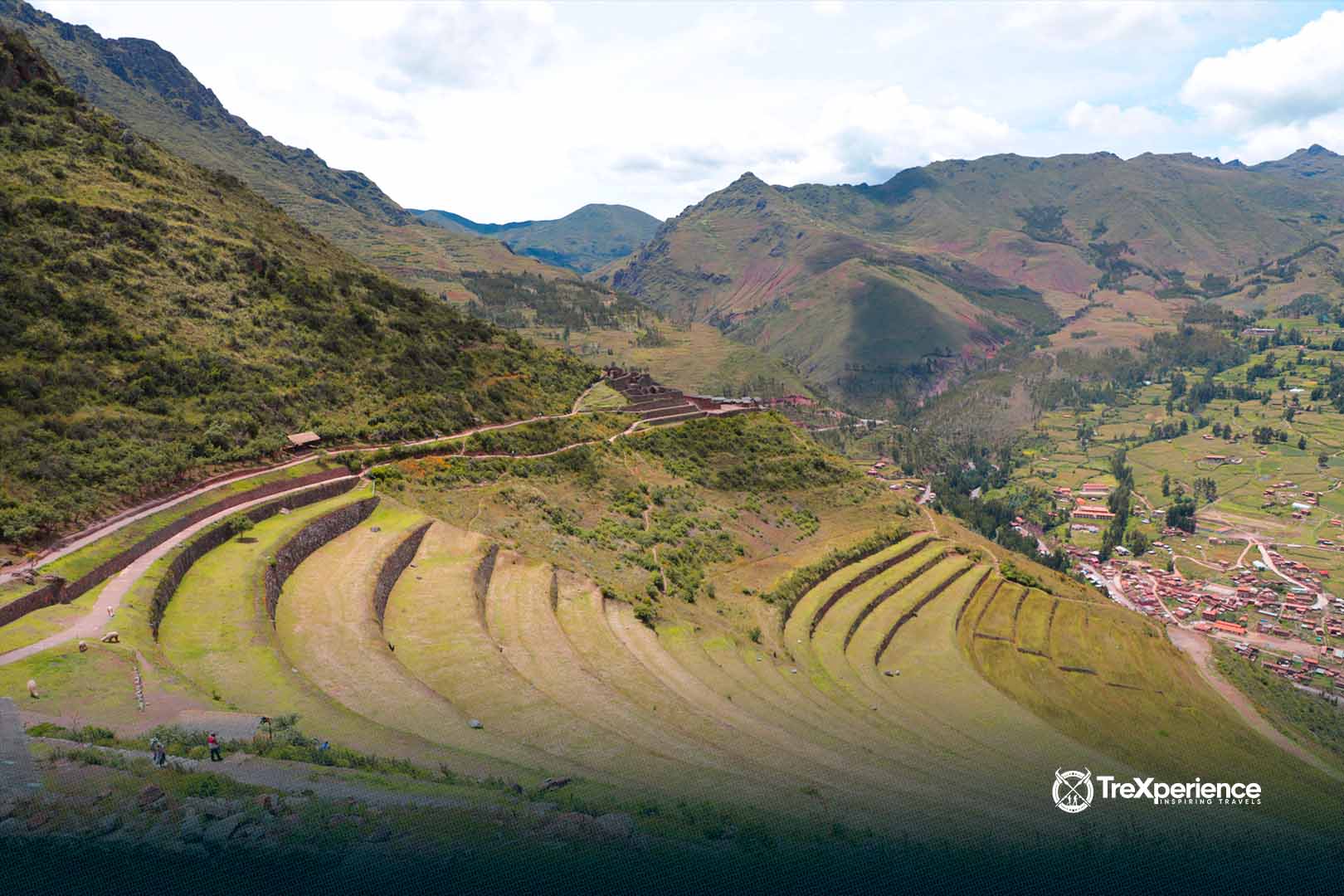
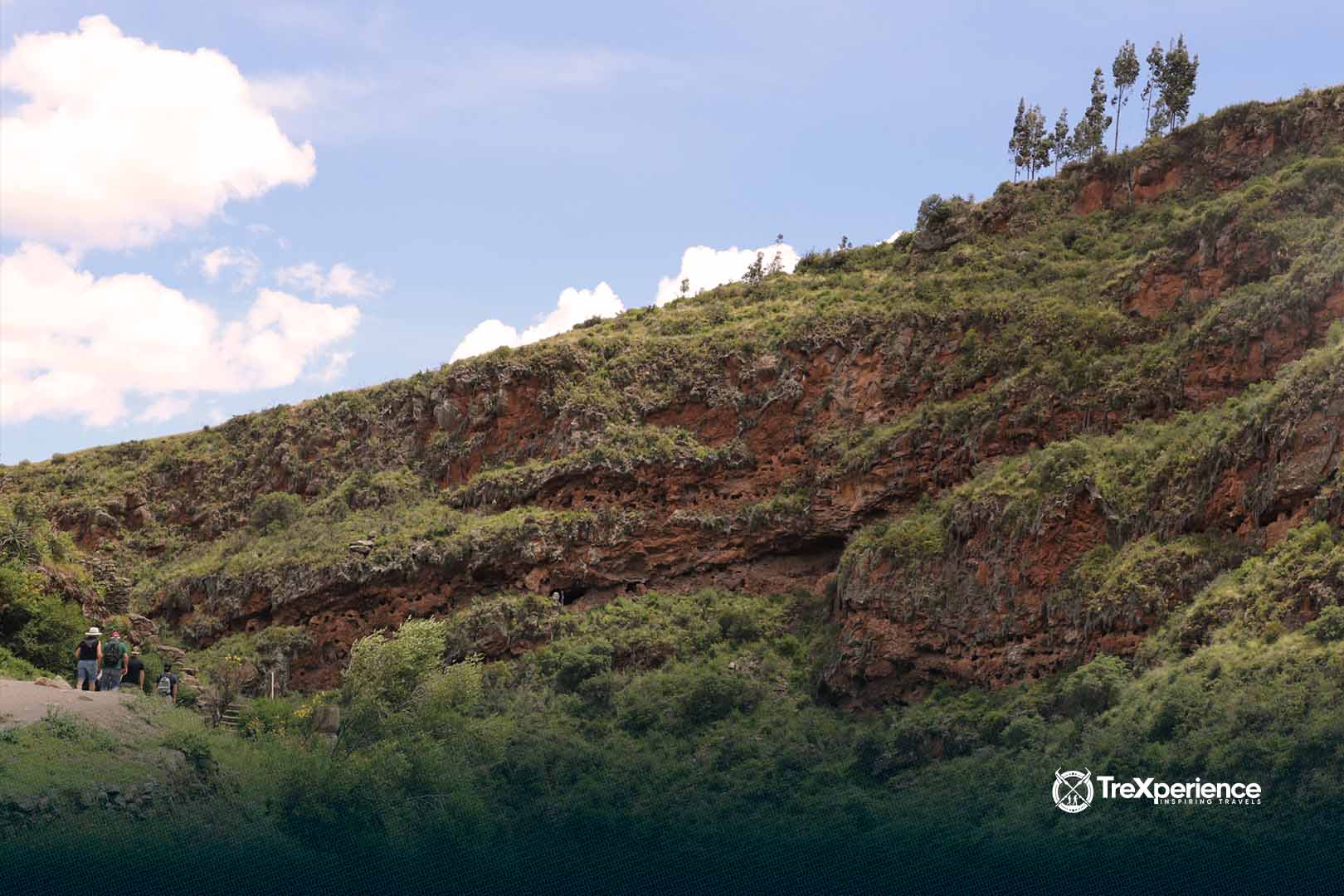
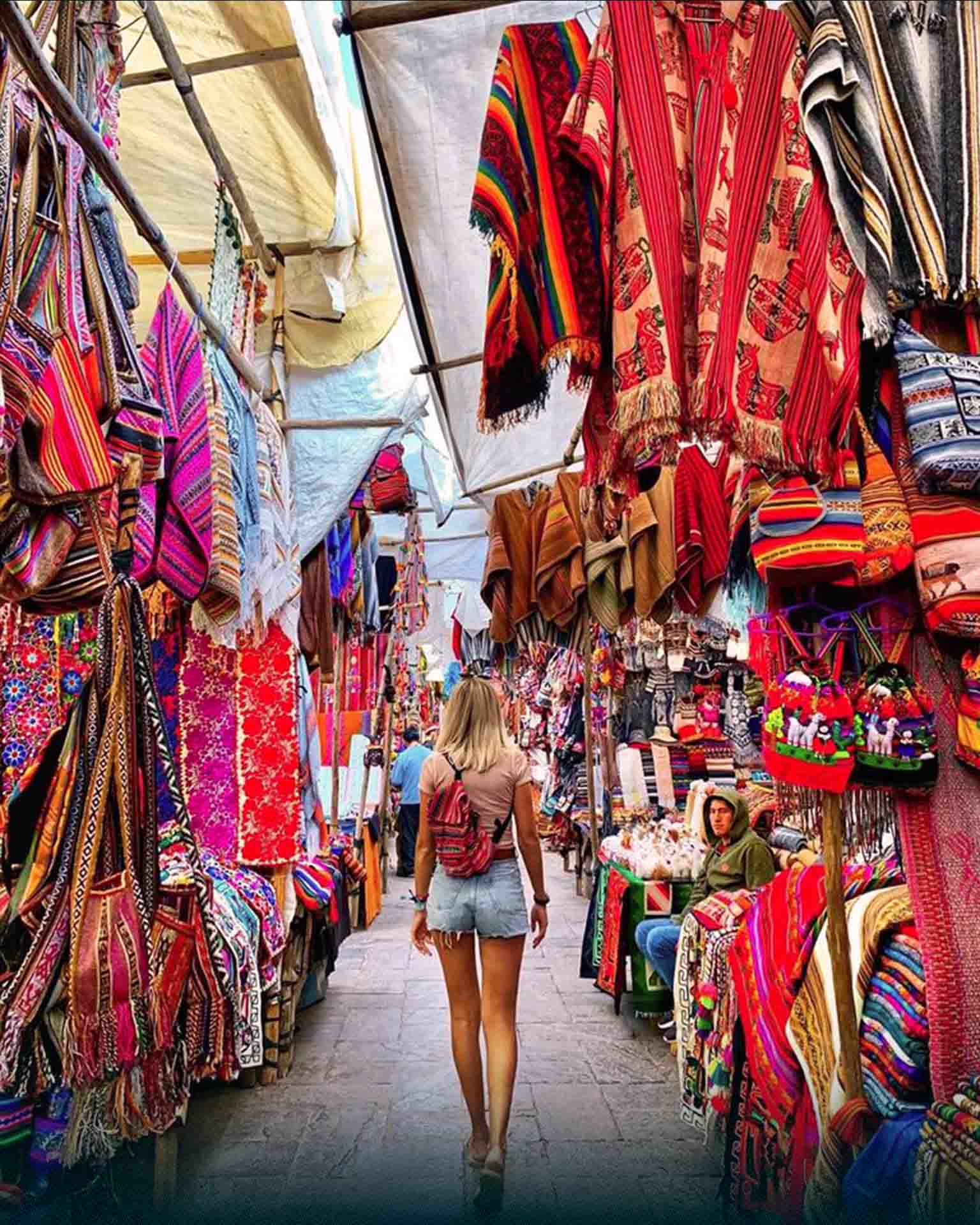
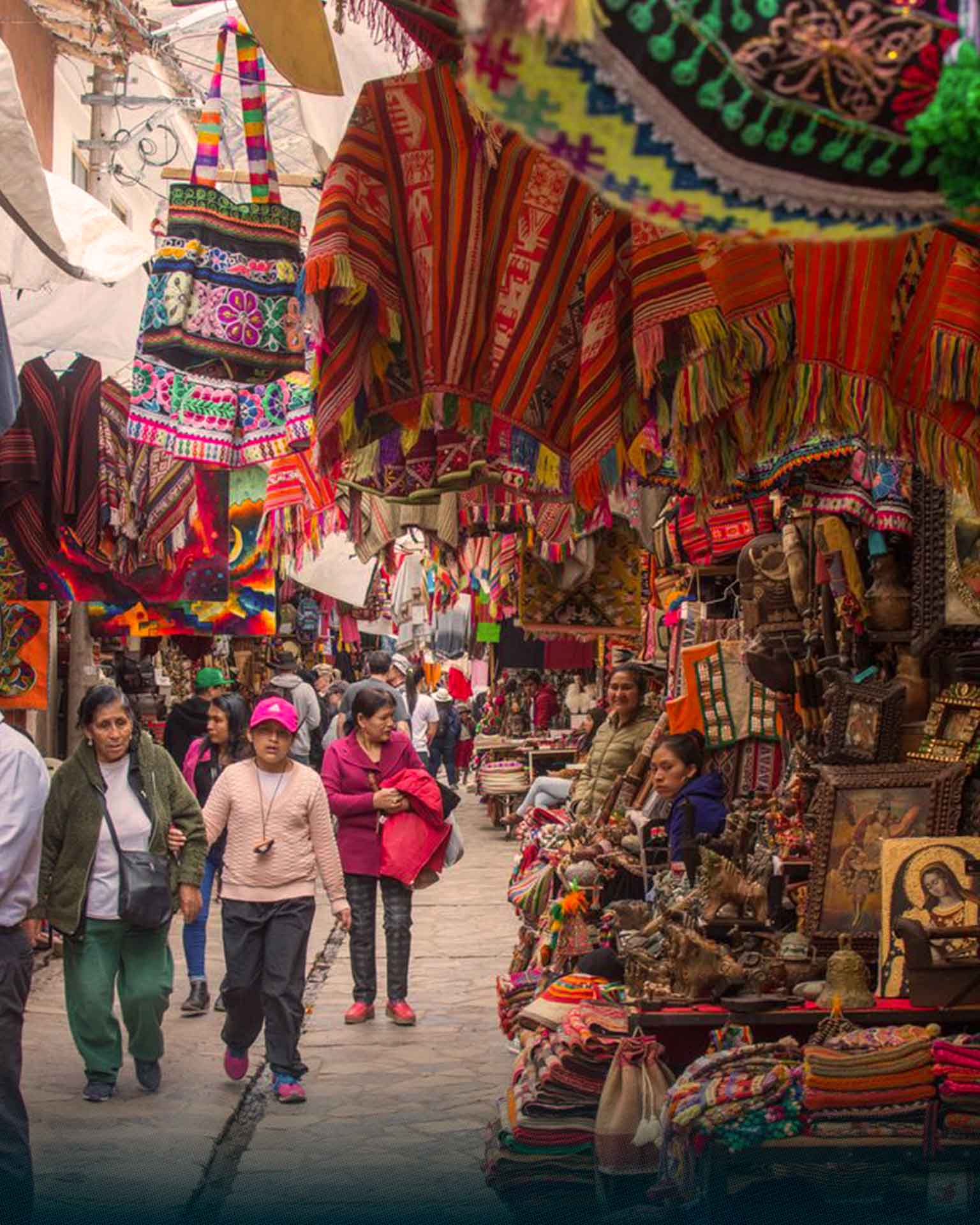
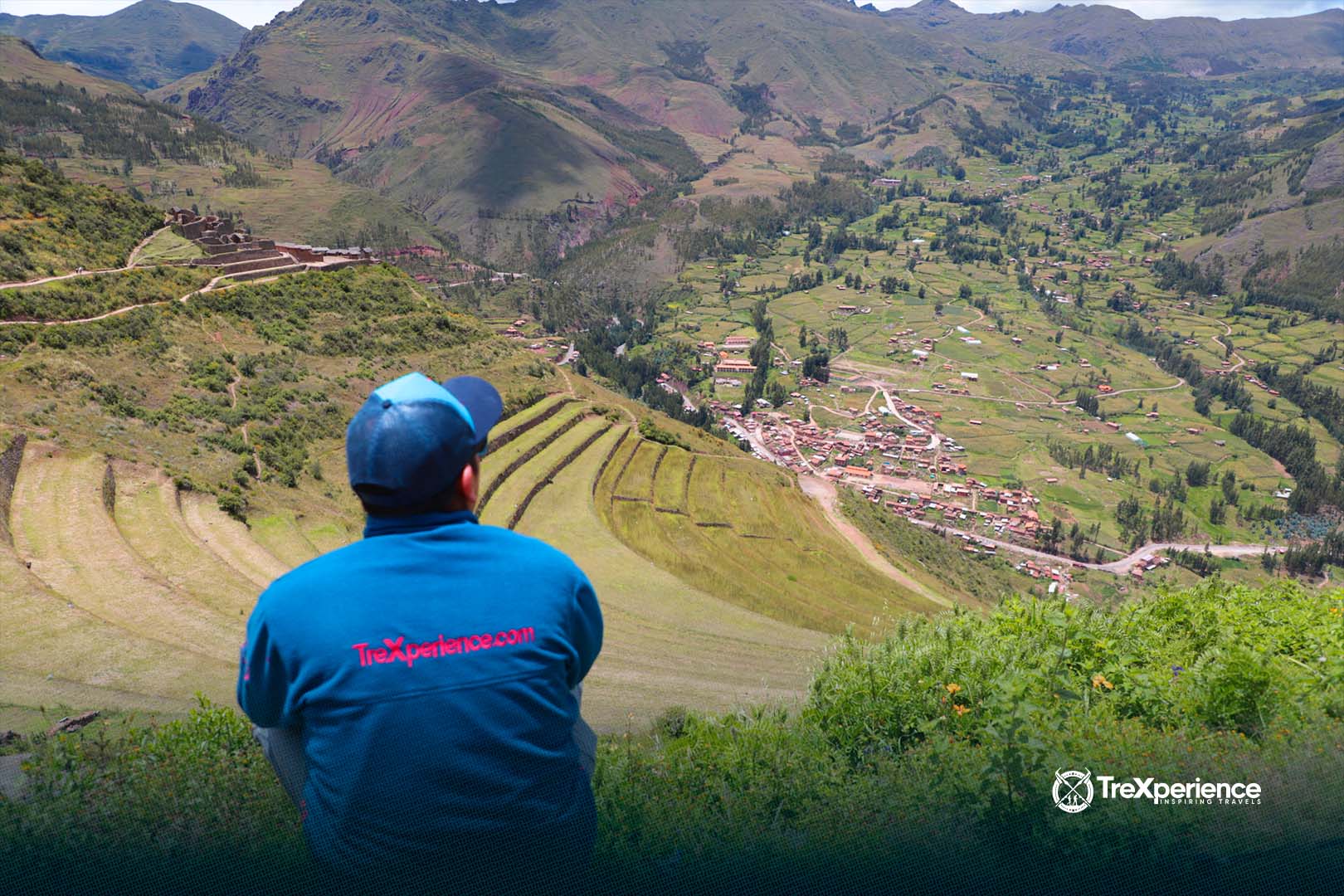
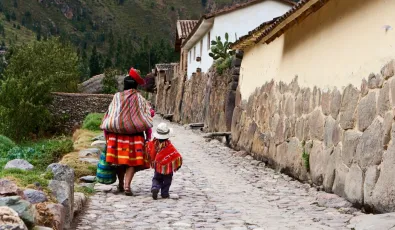
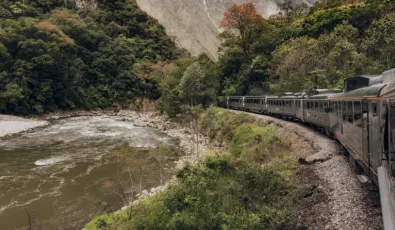
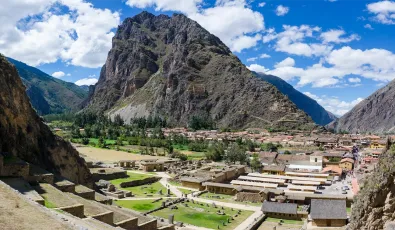

Add new comment